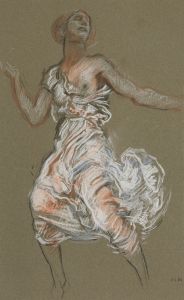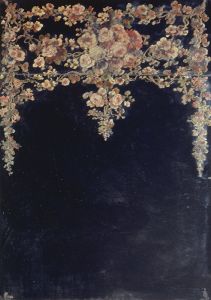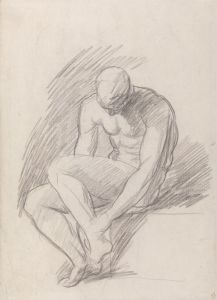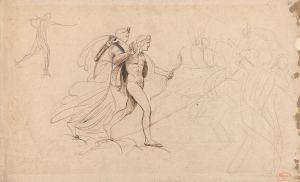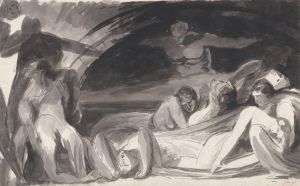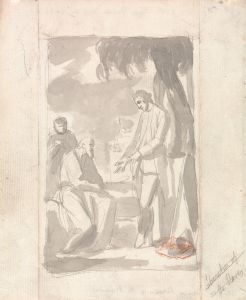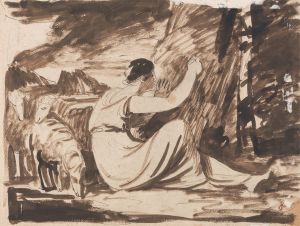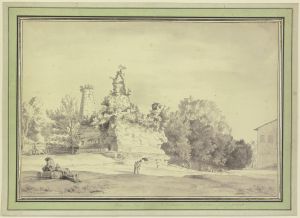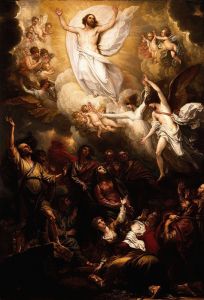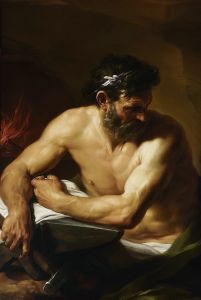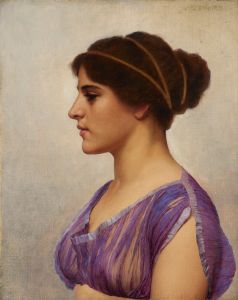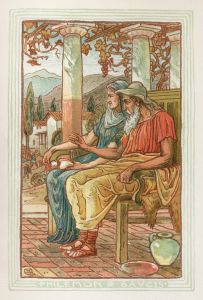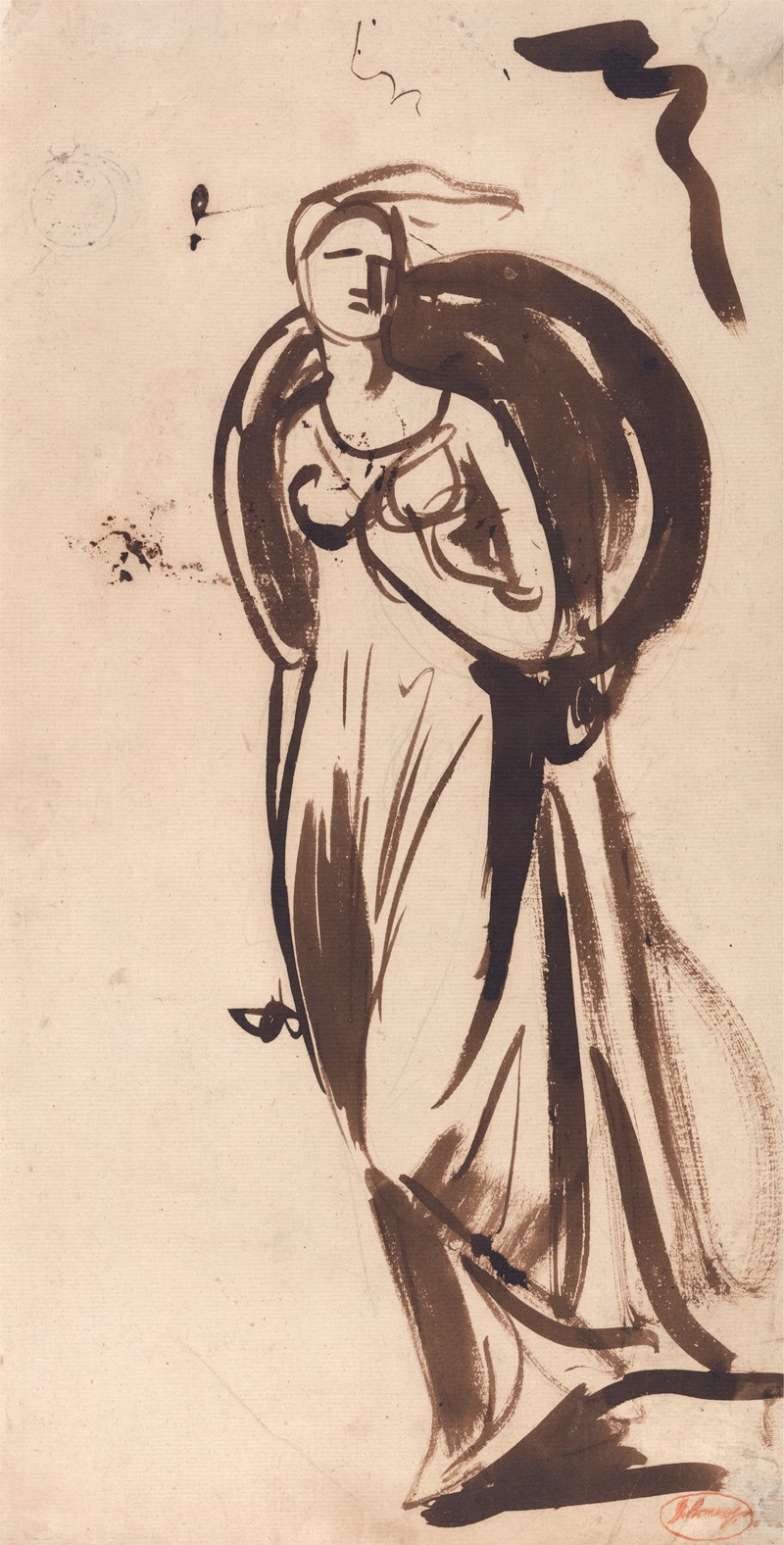
Viscountess Bulkeley as Hebe
A hand-painted replica of George Romney’s masterpiece Viscountess Bulkeley as Hebe, meticulously crafted by professional artists to capture the true essence of the original. Each piece is created with museum-quality canvas and rare mineral pigments, carefully painted by experienced artists with delicate brushstrokes and rich, layered colors to perfectly recreate the texture of the original artwork. Unlike machine-printed reproductions, this hand-painted version brings the painting to life, infused with the artist’s emotions and skill in every stroke. Whether for personal collection or home decoration, it instantly elevates the artistic atmosphere of any space.
"Viscountess Bulkeley as Hebe" is a portrait painting by the renowned English artist George Romney. Created in the late 18th century, this artwork exemplifies Romney's skill in portraiture and his ability to capture the elegance and grace of his subjects. The painting depicts Viscountess Bulkeley, whose full name was Elizabeth Harriet Warren Bulkeley, in the guise of Hebe, the Greek goddess of youth.
George Romney (1734-1802) was one of the leading portrait painters of his time, known for his distinctive style and the ability to convey the personality and status of his sitters. His works were highly sought after by the British aristocracy and wealthy patrons. Romney's portraits often featured a neoclassical influence, reflecting the artistic trends of the period.
Elizabeth Harriet Warren Bulkeley was the wife of Thomas James Bulkeley, 7th Viscount Bulkeley. The Bulkeley family was a prominent and influential family in Britain, with significant social and political connections. By portraying Elizabeth as Hebe, Romney not only highlighted her beauty and youth but also aligned her with the classical virtues and ideals associated with the goddess.
In the painting, Viscountess Bulkeley is depicted in a flowing, classical gown, typical of the neoclassical style that was popular during the late 18th century. She holds a cup, a common attribute of Hebe, who was known as the cupbearer to the gods in Greek mythology. The background of the painting is relatively simple, ensuring that the focus remains on the sitter's serene and graceful demeanor.
Romney's use of light and shadow in this portrait is particularly noteworthy. The soft lighting enhances the delicate features of Viscountess Bulkeley, creating a sense of depth and realism. The artist's attention to detail in the rendering of the fabric and the sitter's expression further demonstrates his mastery of the medium.
"Viscountess Bulkeley as Hebe" is a testament to Romney's ability to blend classical themes with contemporary portraiture, creating works that were both fashionable and timeless. The painting is an excellent example of how 18th-century British portrait artists often drew inspiration from classical mythology to elevate the status and appeal of their subjects.
Today, George Romney's portraits, including "Viscountess Bulkeley as Hebe," are celebrated for their artistic merit and historical significance. They provide valuable insights into the fashion, culture, and social dynamics of the British aristocracy during the Georgian era. Romney's work continues to be studied and admired by art historians and enthusiasts alike, ensuring his legacy as one of Britain's foremost portrait painters.





